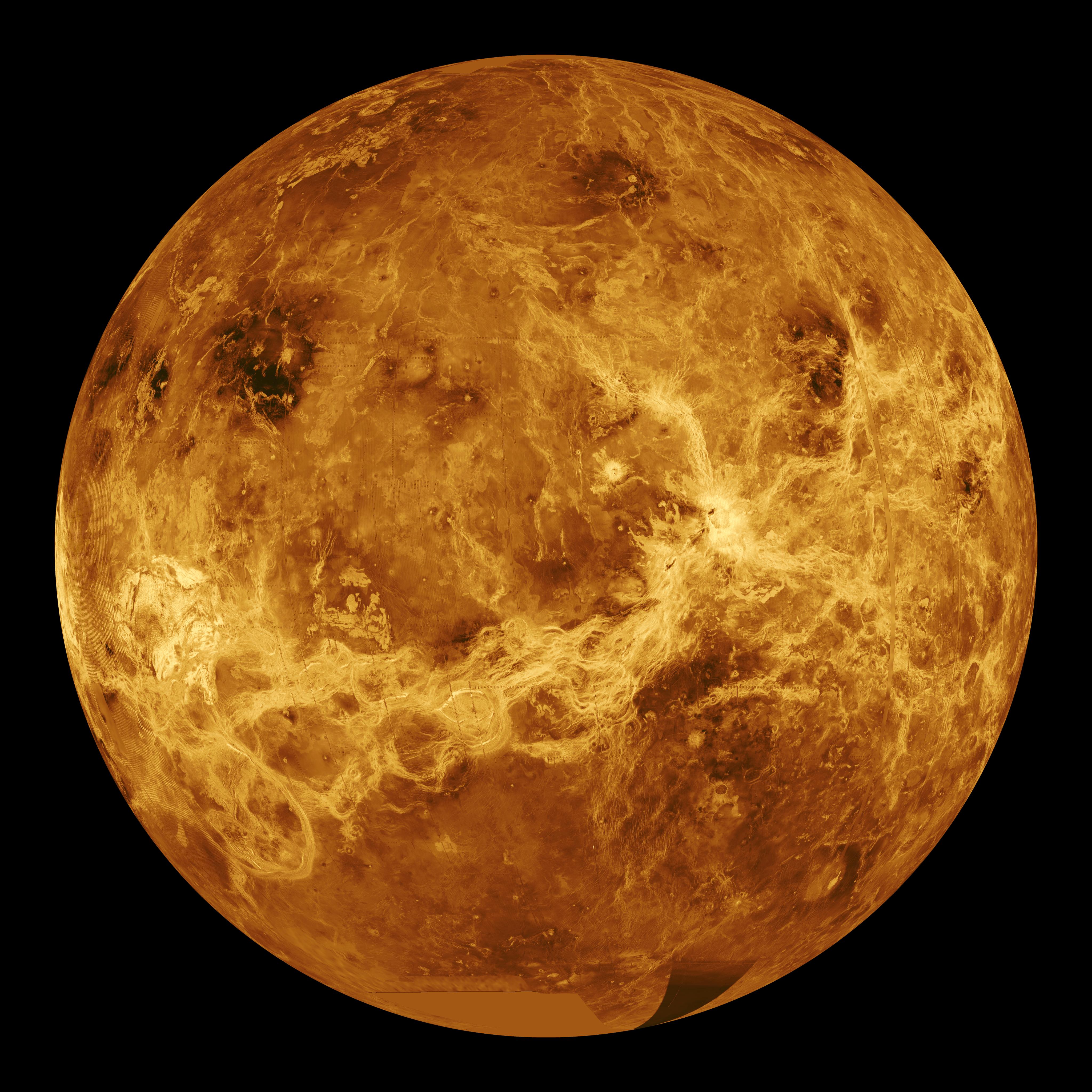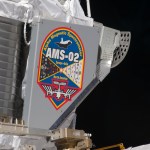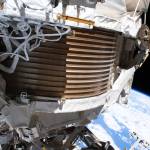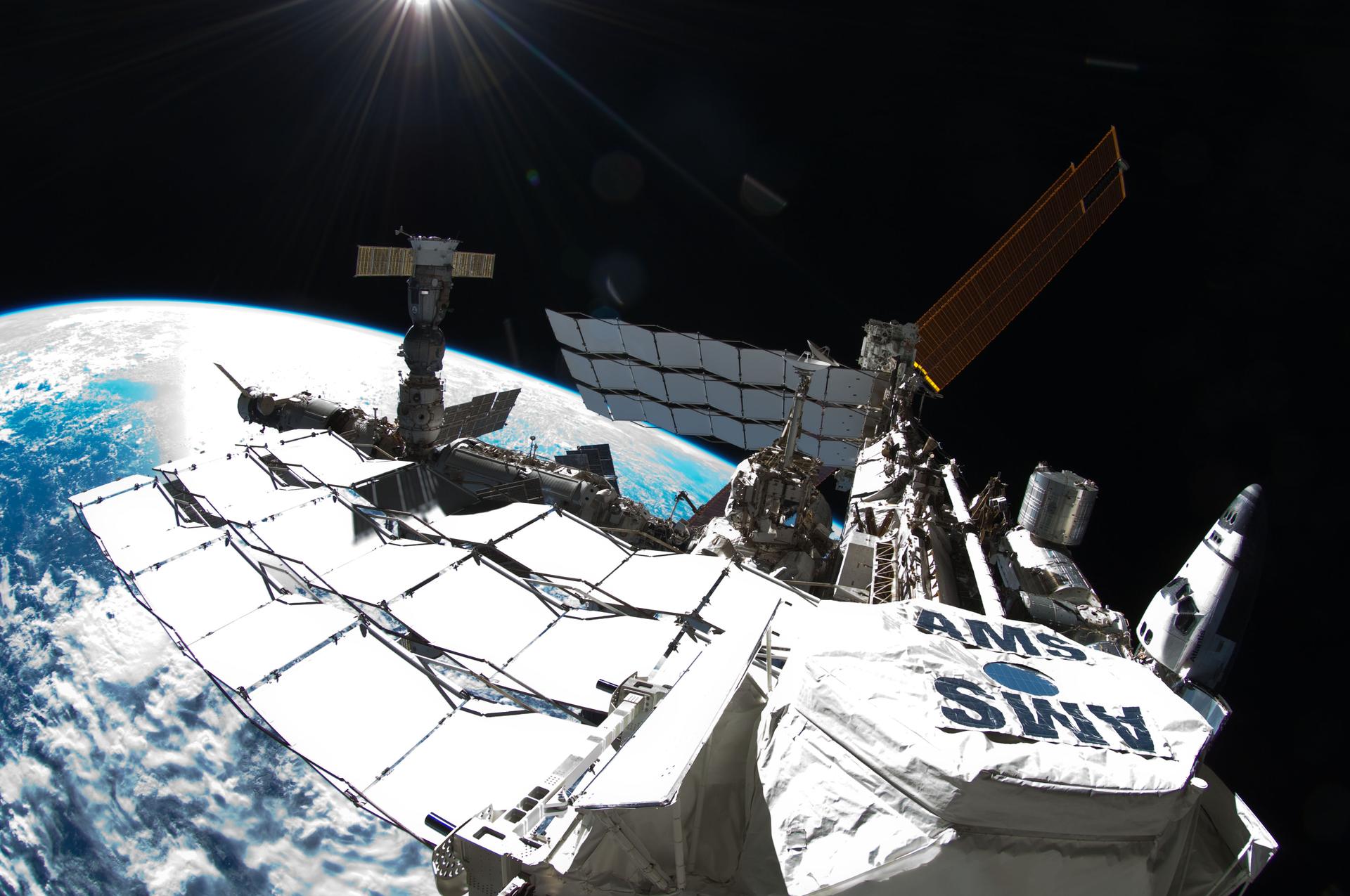
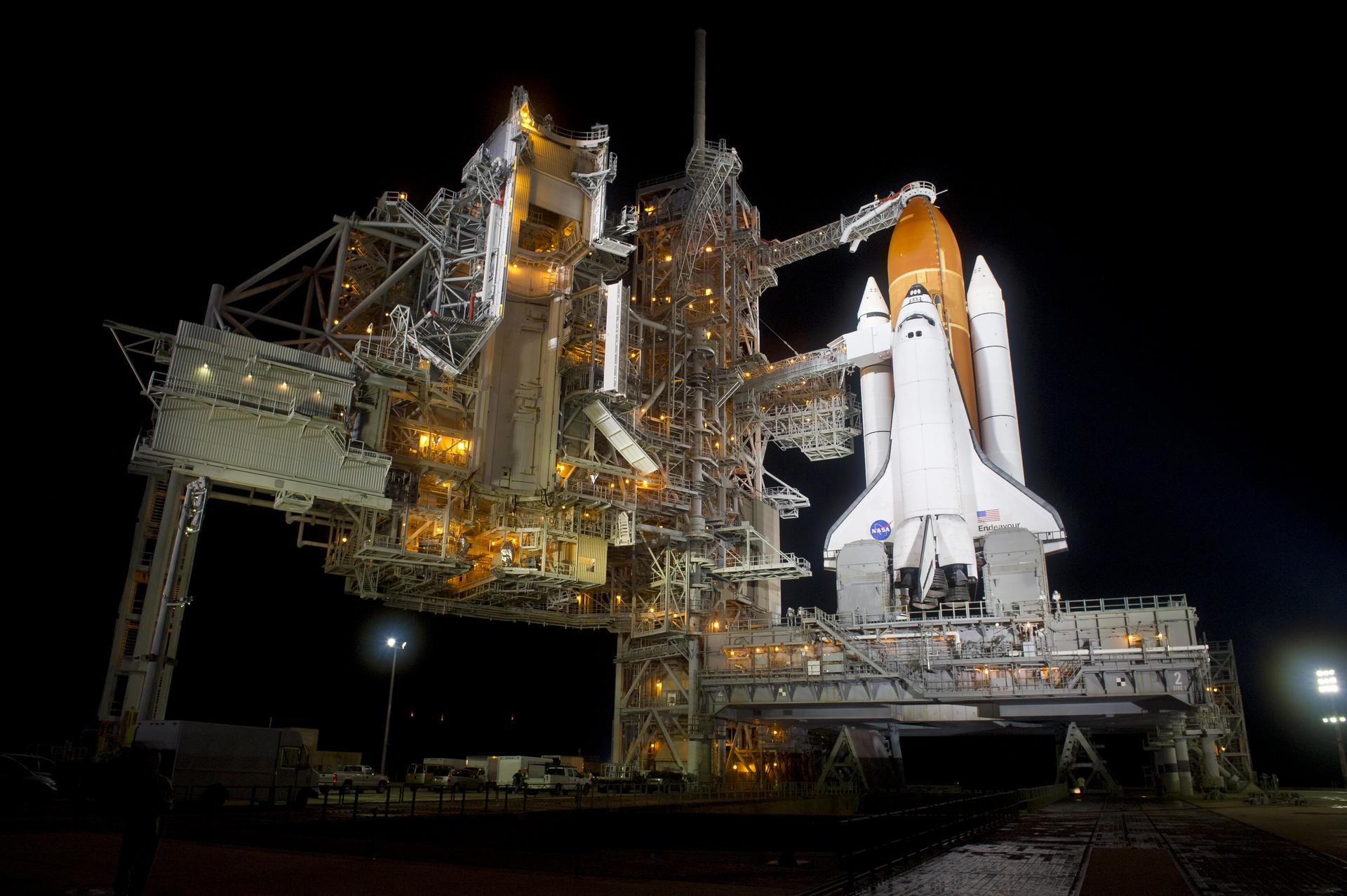
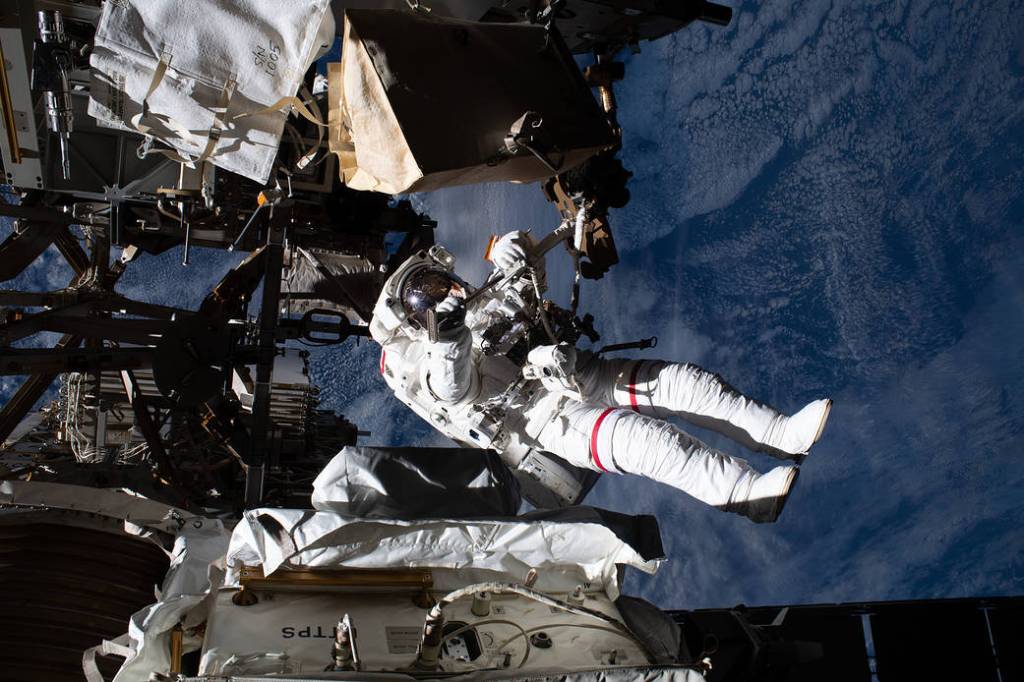
About AMS-02
Researchers also observed a plateau in the positron growth curve and need additional data to determine why. Results suggest that high-energy positrons and cosmic ray electrons may come from different and mysterious sources. Solving the origin of cosmic rays and antimatter increases understanding of our galaxy.
Launch Date
16/5/2011, 8:56 AM EDT
Magnetic Field Intensity
0.14 T
Weight
7.5 t
Size
5x4x3 m
The Alpha Magnetic Spectrometer (AMS) is a state-of-the-art particle physics detector designed to operate as an external module on the International Space Station (ISS). It uses the unique environment of space to study the universe and its origin by searching for antimatter, dark matter while performing precision measurements of cosmic rays composition and flux.
AMS is an international collaboration involving 44 institutions from America, Europe and Asia sponsored by US DOE–NASA.
AMS was launched by the Space Shuttle Endeavour (STS-134) to the ISS on 16-May-2011, and installed on the upper Payload Attach Point (S3) on 19-May-2011.
AMS is the unique magnetic spectrometer on the Space Station and will operate on the ISS for the lifetime of it.
More on AMS
Explore in depth articles about the Alpha Magnetic Spectrometer.
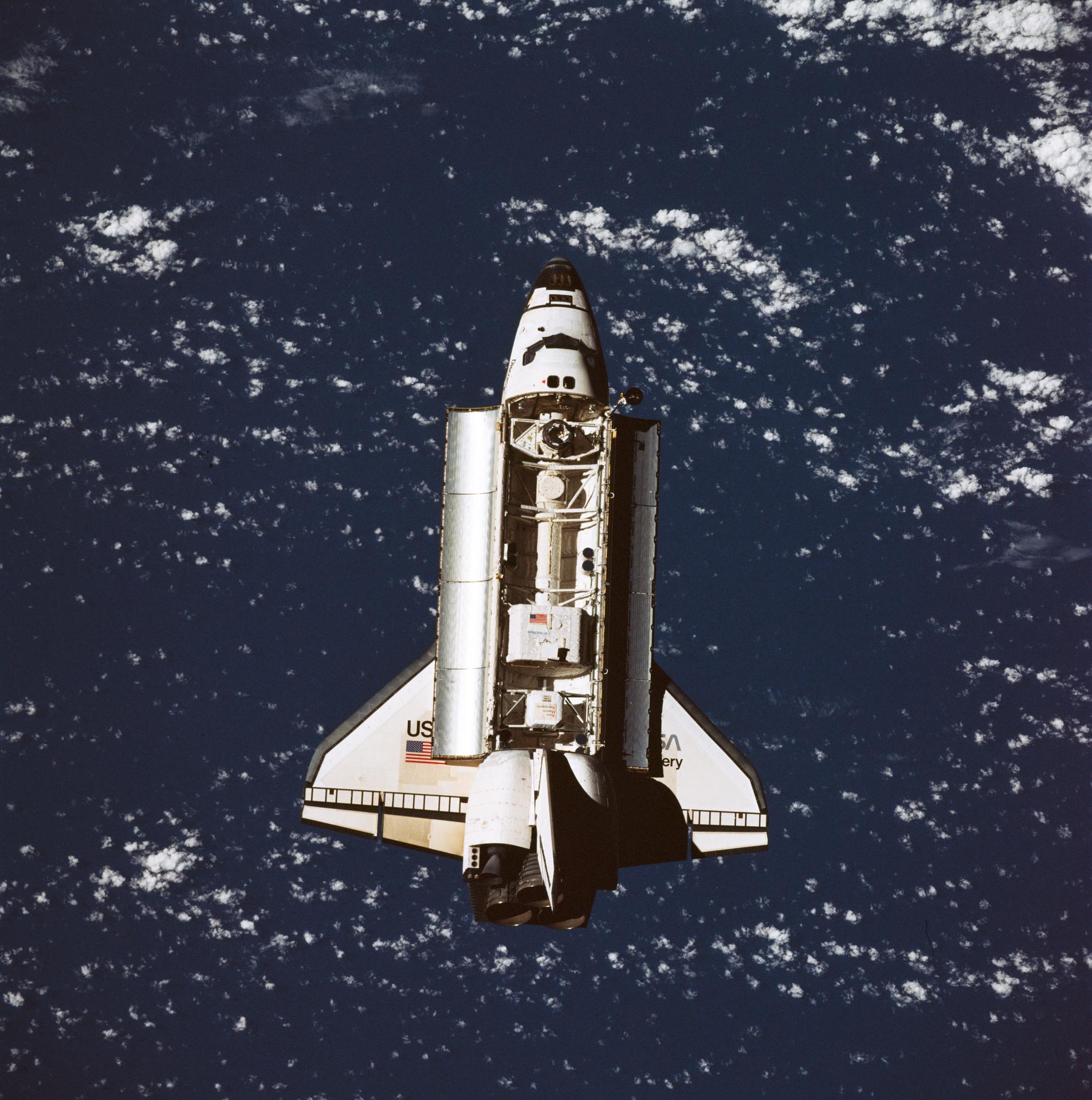
AMS-01: The Precursor Experiment
AMS-01 is the precursor experiment which flew on the shuttle Discovery on the STS-91 mission, from 2nd to 12th of June 1998.
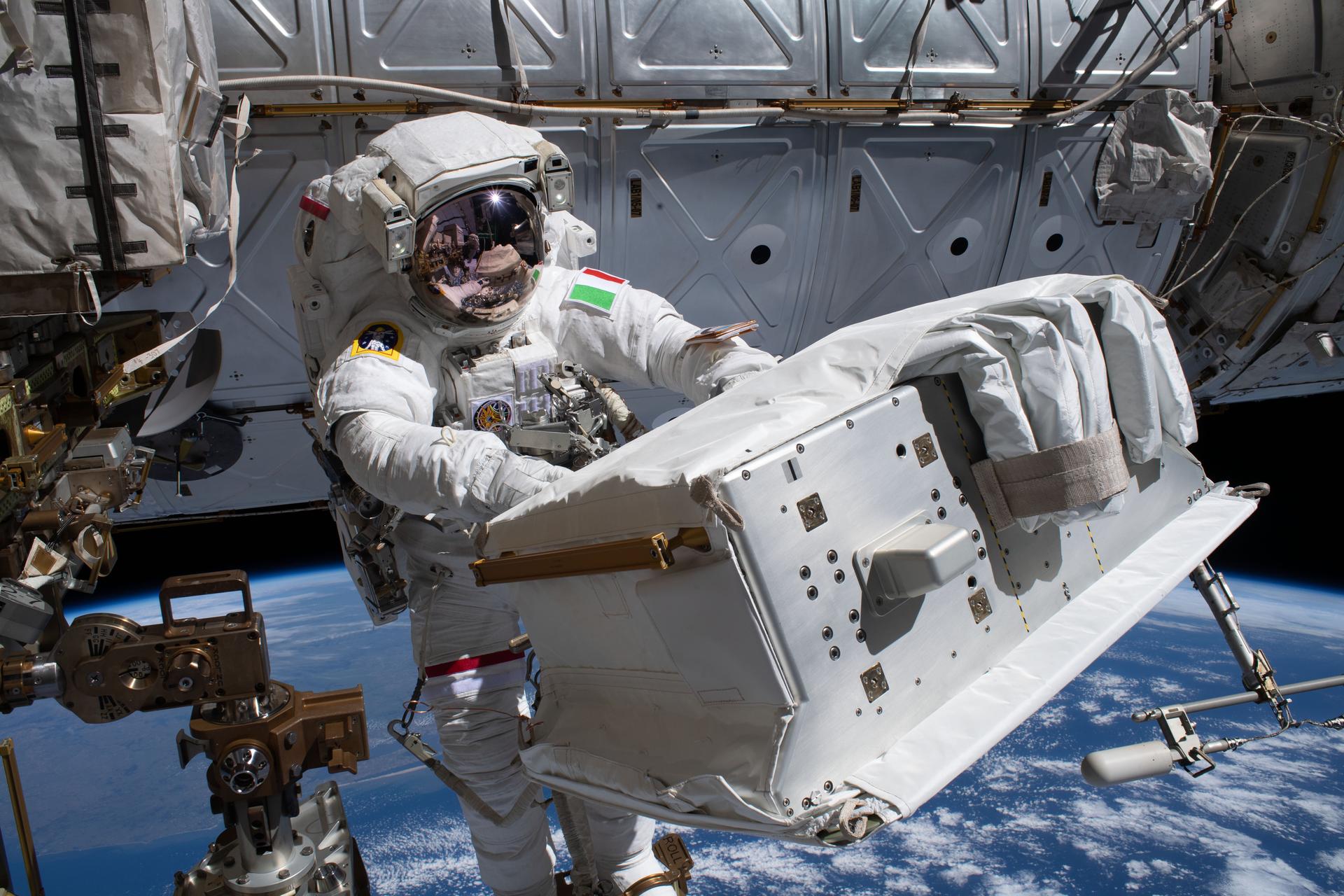
The Detector: How it's Built and Operated
The objectives of AMS on the ISS include the search for antimatter, investigating the origin of dark matter, and the precision study of cosmic rays, as well as the exploration of new phenomena in the Universe.
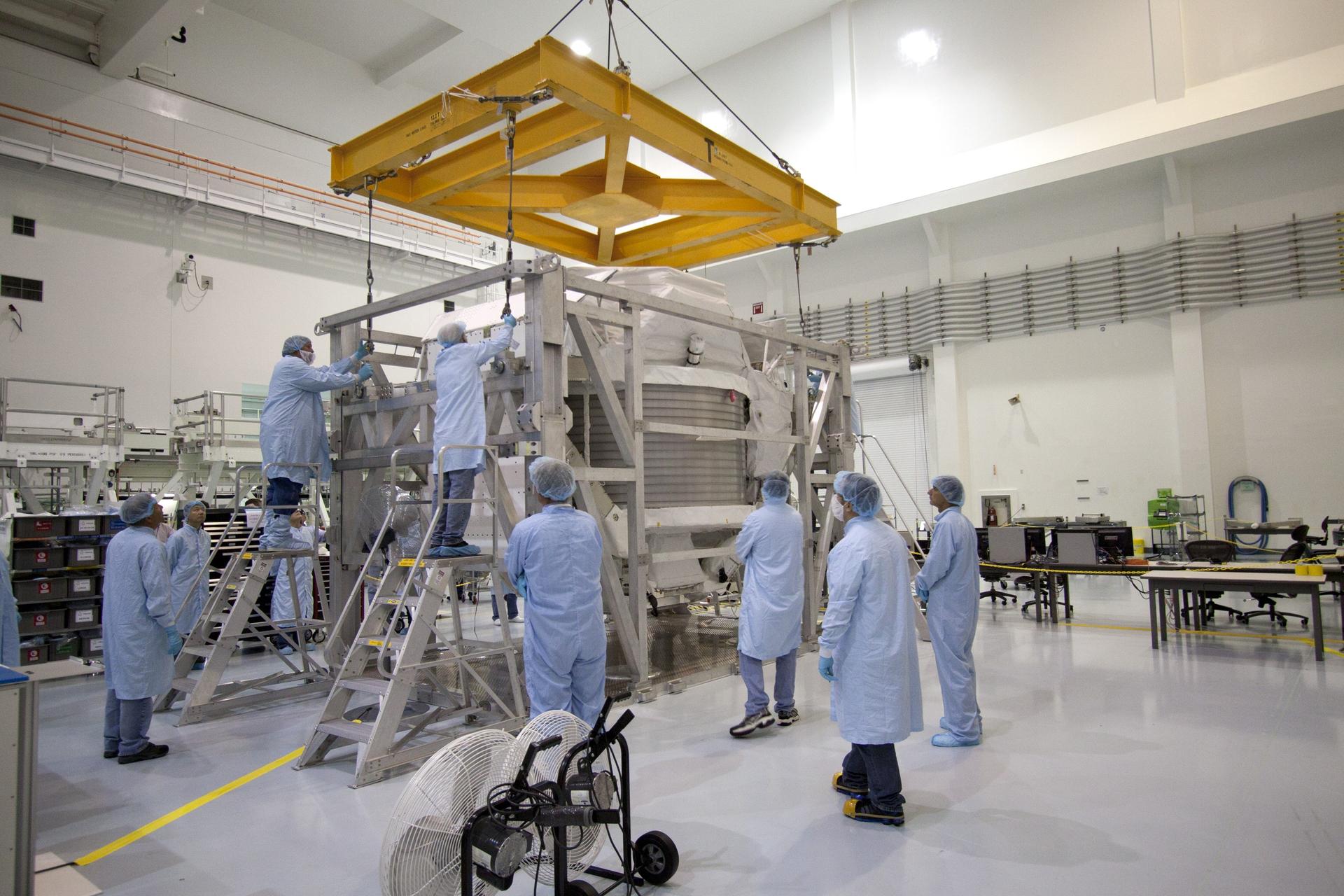
The AMS Collaboration
Since its inception, AMS has been a global endeavour. AMS is an international collaboration of 44 institutions from America, Europe and Asia.

The Physics: What Interests Us?
To study the intrinsic properties of charged cosmic rays requires a detector above the Earth’s atmosphere. AMS, the magnetic spectrometer operating on the International Space Station (ISS), is the only way to provide long term (20 years) precision measurements of charged cosmic rays.













